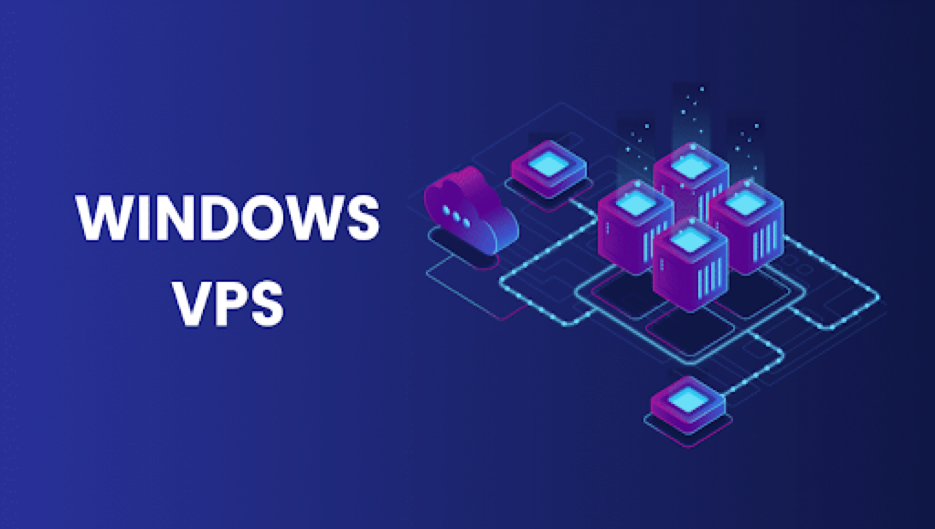There are several top data management techniques for your business. Companies need efficient data strategies, management models and governance to function. Leveraging all data forms, these techniques are implemented within supply chains, customer ecosystems and employee networks. As a business owner, use data management to collect, organize and access all business-related information. This will help support productivity, decision-making and efficiency in your company’s operations. Here are the top data management techniques for your business.
Maximize Data Quality Techniques
Integrate data quality techniques within your business operations. Maintain a high level of data quality through an emphasis on accessibility and usability. Store all irrelevant and low-quality data in a “data swamp”. Of course, you can go back and access the data later if needed. More so, constantly validate your data accuracy. Even old data can help with data science statistics. Make sure that your information is clear, suitable and relevant for ongoing analysis. This way, you can maintain high data quality throughout the application usage. Certainly, use top techniques to maximize data focus.
Reduce Data Duplication Techniques
Next, implement data duplication reduction techniques in your business. On occasion, a lead or customer might provide you with duplicate documents or information. For example, if a single lead provides multiple offers or if there is repeated business. Of course, create or invest in a system where data can updated and changed. Consider integrating your system with precautions and alerts. As a result, all duplicated or redundant data will be deleted from your system to avoid complications. This will help keep your business information organized and clear for more information. Plus, your organization can conserve on storage and development resources. Definitely use data duplication reduction techniques within your business.
Data Serialization Techniques
Of course, you can use data serialization techniques to optimize your organization. Translate your data structures into a neutral format that can be accessed and stored on different applications or processors. Consider using Protobuf, or Protocol Buffers, to extend your data library for serialization. This open source tool is maintained by Google, and provides mechanisms for you to serialize your structured data. These include extensible, language-neutral and platform-neutral structures. Many languages are supported such as C++, C#, Go, Java and Python. Surely, use data serialization techniques to transfer your data to applications using different programs.
Data Monitoring Techniques
Definitely, use data monitoring techniques within your business. Monitor your data ecosystem with a comprehensive plan. Integrate a data checklist or dashboard to manage its health, stay updated and receive alerts about potential issues. Decide what data needs to be monitored and the level of importance. Meanwhile, determine who needs to be alerted about the issue and at what point. Certainly, include what actions you plan on taking to fix the potential issue. Of course, look out for missing, duplicated or mismatched data that could be causing difficulties. Then, set up alerts to notify you when an area has a problem. This could reduce idle time and stressful situations when responding to bugs or errors. Indeed, use data monitoring techniques to manage information in your business.
Data Storage Techniques
Finally, use data storage techniques for efficient business operations. Find a solution that can support your business operations and information. Some of the largest web services and cloud providers offer scalable storage at the enterprise levels. Of course, ensure that the solution has preservation methods including back up features. Or, save your data on computers, networked drives, external drives, the cloud or flash USB drives. Determine if your data amount needs a data warehouse or data lake. Then, determine if the data should be on-premise, in the cloud, or both. No matter where you store your data, create a process for naming all files, folders directories and users for easy documentation. Definitely, consider data storage techniques, especially if your business keeps growing.
There are several top data management techniques for your business. Use maximized data focus techniques to use relevant, usable and accurate data within your business operations. Of course, use data duplication reduction techniques to delete all information that is redundant. Certainly, use data serialization techniques to send and receive data to systems with different processors. If you are interested in this approach, use powerful serialization tools like Protobuf. Furthermore, use data monitoring techniques to protect your data health, be alerted to any issues and stay updated on data progress. Finally, use data storage techniques to organize, save and access your data. These are the top data management techniques for your business.




